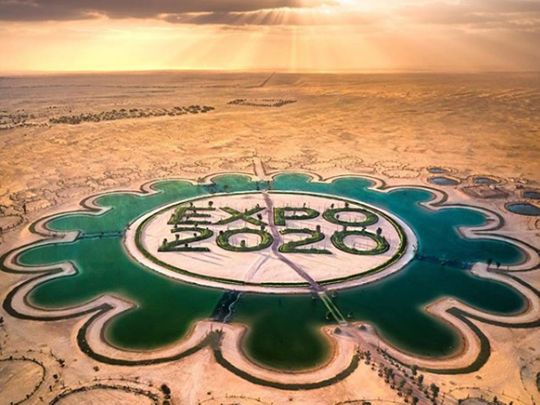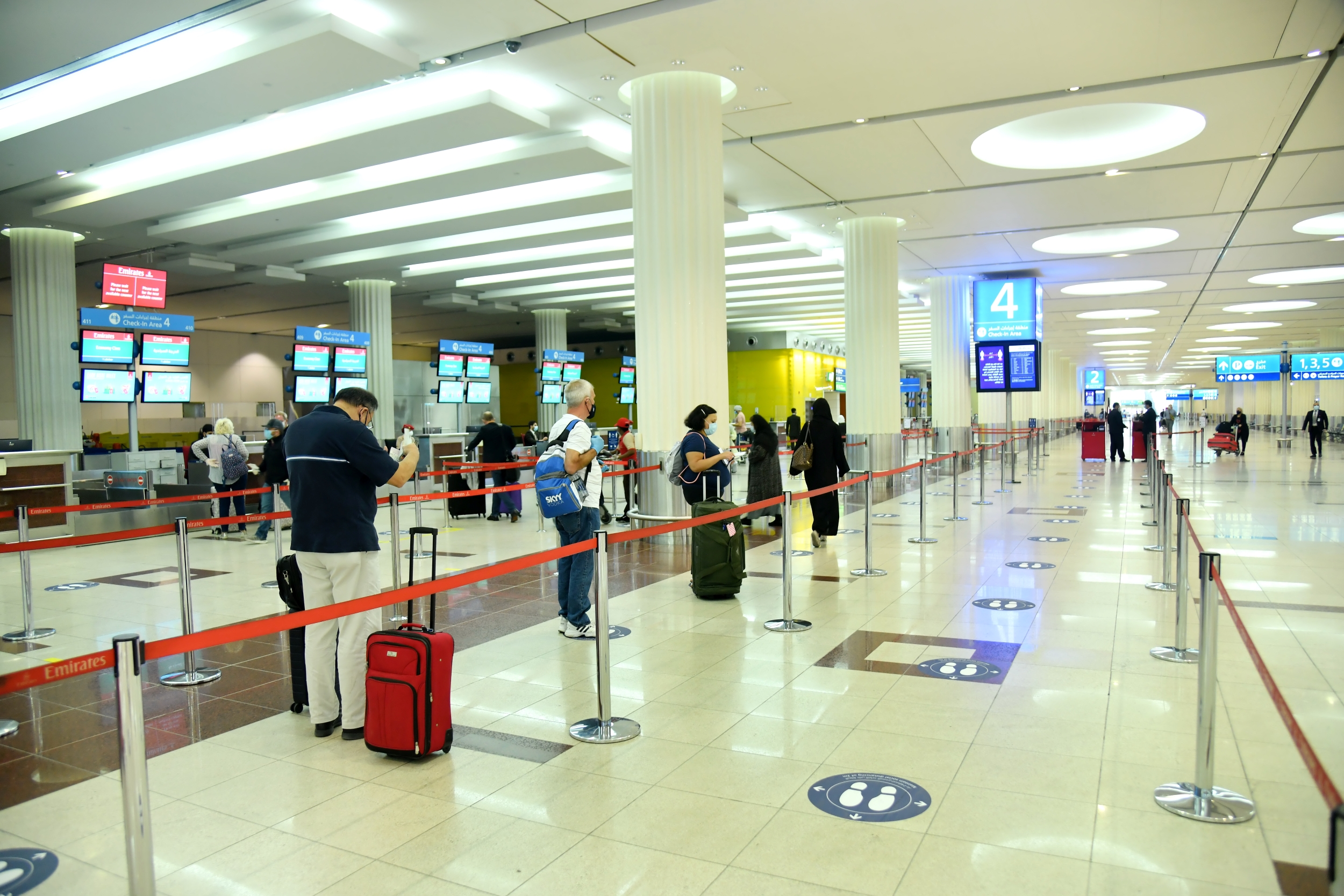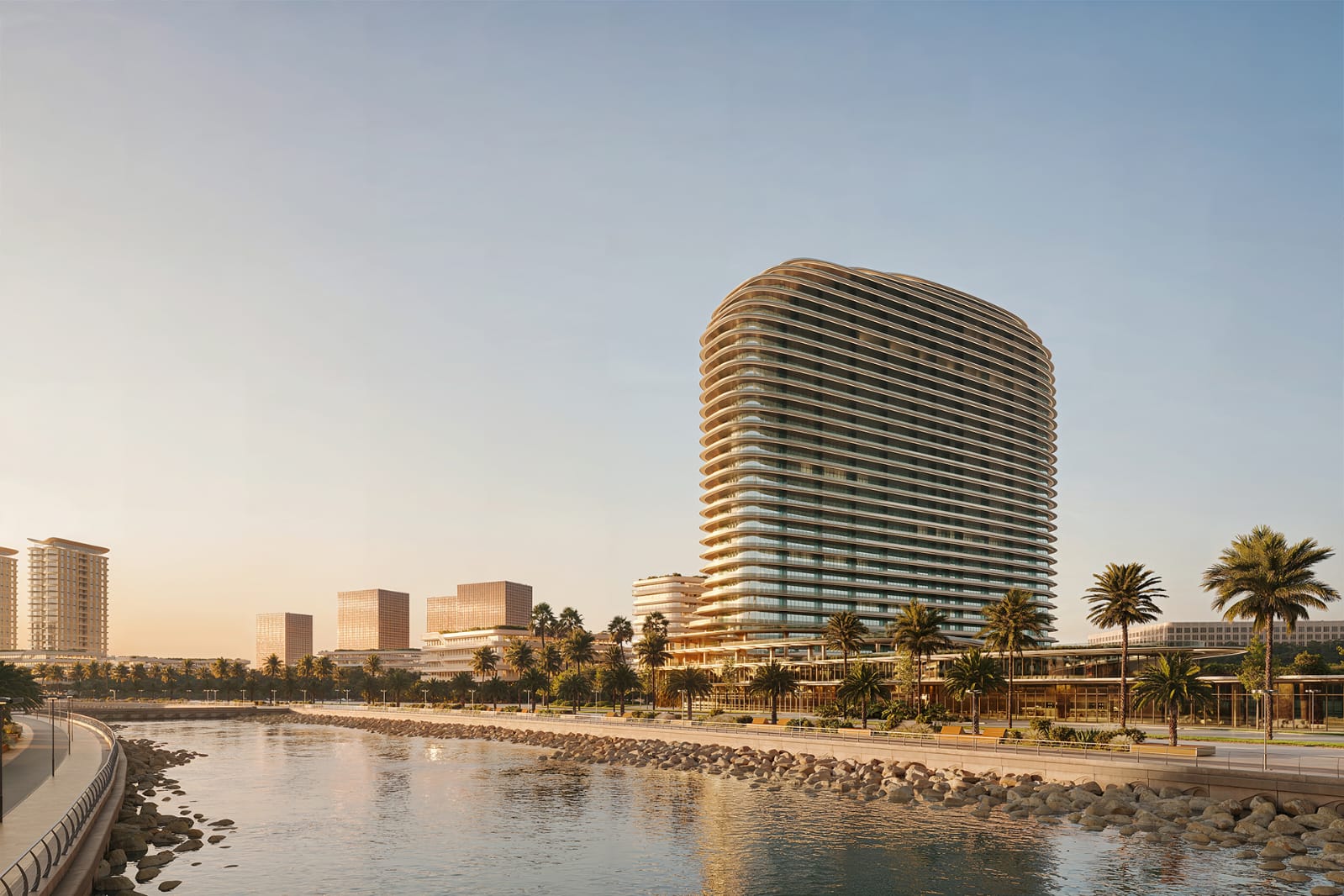Dubai- Massader News
Dubai on Saturday unveiled the signature pavilion for the upcoming Expo 2020, the world’s fair that is scheduled to open later this year even as the global pandemic that forced its postponement continues to rage, according to The Associated Press.
The Terra Pavilion, which features a towering 130 meter-wide (426 feet) canopy blanketed with thousands of solar panels, is part of the sheikhdom’s push to rally enthusiasm for the high-stakes expo amid the pandemic that has pummeled its economy. The massive structure, devoted to environmental sustainability, rises from the fairgrounds on the desert outskirts of Dubai, where construction workers still scurry around national pavilions in various stages of completion.
Dubai’s Expo 2020 is expected to draw 25 million visitors and a flurry of business deals. The event represents a $7 billion bet by the city in the United Arab Emirates to boost international tourism and investment. The yearlong delay puts even more pressure on the event to spur Dubai’s service-heavy economy, which was sputtering before the pandemic thanks to a shaky real estate market.
It appears that the organizers are leaving nothing to chance. Saturday’s media tour of the gleaming pavilion was tightly controlled, with dozens of press officers instructing photographers to shoot only from specific angles that showed off the building’s best features and obscured nearby pavilions still covered with scaffolding and clouds of plaster dust.
The Terra Pavilion, which cost over $272 million, is designed to produce as much electricity as it uses, making it both energy and carbon neutral. It will supply and treat all of its own water, capturing rain in a vast underground cistern.
The 25,000 square-meter pavilion boasts immersive experiences of forests and oceans as well as interactive exhibits guiding visitors through the history of environmental decline and dangers of overconsumption. The vast eruption of climate-controlled steel and glass teems with butterflies, lizards and insects. Thick clumps of reeds lining the building filter air conditioning wastewater for reuse.
While the theme of sustainability may seem at odds with spending billions of dollars on the construction of hundreds of buildings designed to last only for the fair’s six months, the event’s planners insist Expo Dubai is different.
“The theme of thinking about the future, thinking about changing our attitudes and being aware about environmental challenges is our number one concern,” said Mohamed al-Ansaari, vice president of communications at Expo 2020.
He noted that 85 percent of the site’s trash will be diverted from landfills and 80 percent of new buildings will live on after the event as educational centers, residential buildings or offices. The other 20 percent of the structures belong to individual countries that may decide whether to raze, abandon or recycle their pavilions.
The Terra Pavilion aims to draw 3,000-5,000 people a day starting next week, said its director John Bull, when it will open its doors with great fanfare even as the coronavirus pandemic surges to unprecedented heights in the UAE. Virus countermeasures like thermal checks, social-distancing squares and loads of hand sanitizer aim to ensure safety.
As for the fair’s opening in October 2021, organizers have voiced nothing but optimism for Expo Dubai to become one of the first places where the world can reunite after defeating the pandemic with mass vaccination.
“After months of isolation and uncertainty, this event will be the opportunity to showcase and motivate solidarity on the human level,” declared Reem Ebrahim al-Ashimy, the Expo’s director general and the Emirati minister of state for international cooperation.
Meanwhile, the effect of the virus across the wider Expo construction site remains unclear. Press officers confirmed that COVID-19 cases had been reported among workers, but referred further questions to email. They did not respond to requests for comment on infections or construction-related fatalities on the site.
Officials from Expo also tried to have journalists sign forms that implied they could face criminal prosecution for not following their orders, and refused to allow filming of workers on the grounds.










